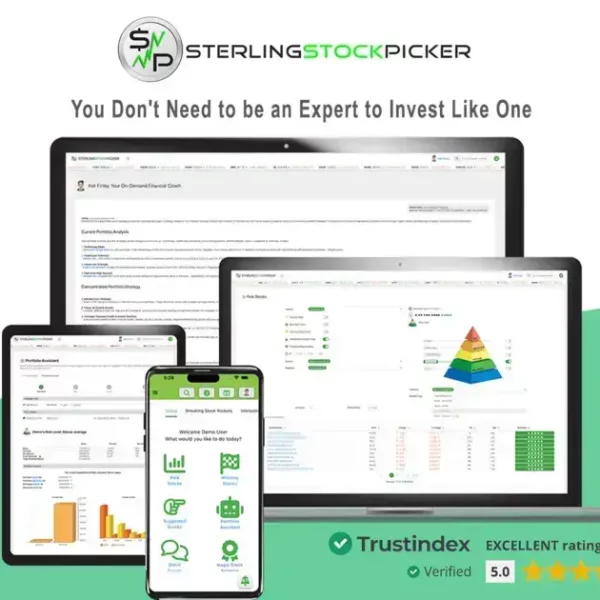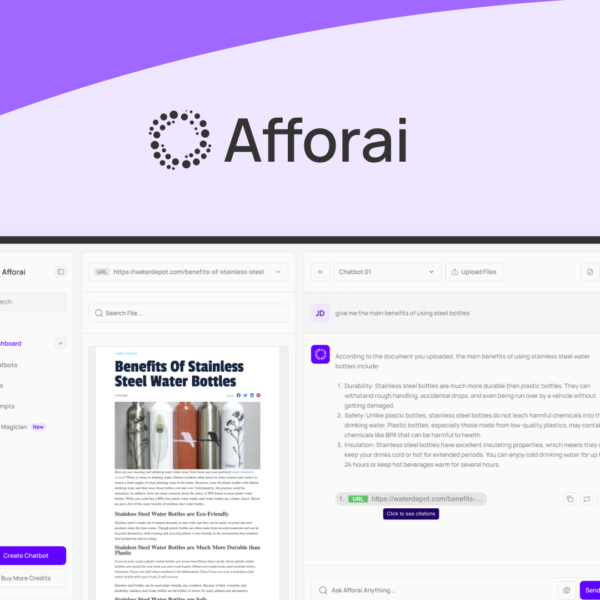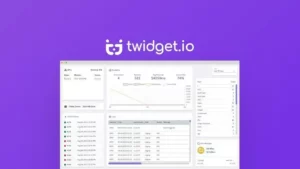In the world of SaaS, choosing wisely is vital. Discover why SaaS lifetime deals can be both a tremendous opportunity and a potential pitfall.
Do Your Homework on the Developer and the Company
Before you buy any SaaS product, it’s smart to do your homework on the developer and the company behind it. Start by checking the company’s website. Look for information about their history, mission, and values. This helps you understand who you’re dealing with.
Research the Developer
Find out who created the software. Are they a well-known name in the industry? Look for reviews from other users. Real feedback can reveal strengths and weaknesses. It’s also useful to see how long the company has been in business.
Explore Company Reputation
A company’s reputation says a lot about its reliability. Check forums, social media, and review sites. See what current and past users have to say. If you find many complaints about the same issue, take that as a warning.
Support and Updates
Look into their customer support options too. Can you reach them easily if you have a question? Companies that care about their customers usually provide good support. Also, check how often they update their software. Regular updates are a good sign that they care about improving and keeping their software secure.
Doing this research helps you avoid surprises down the line. Knowing who stands behind a product gives you more confidence in your purchase. Don’t skip this step, as it can save you from potential headaches.
Check Recent Feature Rollouts

When considering a SaaS product, it’s important to check recent feature rollouts. This means looking at what new updates the company has added lately. New features can show you how committed the company is to improving its product.
Why Feature Rollouts Matter
Updated features often fix bugs or provide more functions. If a company regularly updates its software, it shows that they care about user experience. You don’t want to invest in a product that feels outdated.
Finding Update Information
Most companies have a section on their website for updates. You can also check their blog or social media pages. These sources often share the latest news about features and enhancements. If they announce updates frequently, it’s a good sign.
What to Look For
Pay attention to the types of updates. Are they adding useful tools or fixing problems? Updates that enhance functionality can help you make better use of the software. Look for features that align with your needs.
Additionally, consider user feedback on new features. This can provide insight into whether those updates are effective. Positive feedback often indicates that a feature works well, while negative reviews might raise concerns.
In short, checking recent feature rollouts keeps you informed. It helps you make better choices about your SaaS products and ensures you’re getting the best value for your investment.
Look at Their Roadmap
When evaluating a SaaS product, it’s crucial to look at their roadmap. This tells you what plans the company has for future releases. A clear roadmap shows dedication to growth and development.
Understanding the Roadmap
A roadmap is like a plan. It outlines what features the company plans to add over time. You can see goals and timelines. This helps you know if the software will evolve to meet your needs.
Benefits of Checking the Roadmap
When you check the roadmap, you can find out if the company is proactive. Are they working on improvements that matter to users? Regular updates to the roadmap can indicate they are focused on user feedback.
Finding the Roadmap
Most companies post their roadmaps on their websites or blogs. Some may share them during webinars or in newsletters. Make sure to look for this information. It can guide your buying decision greatly.
If the roadmap looks promising, it’s a good sign. It means the software will likely keep up with changing needs and trends. However, if there are few updates or the roadmap is unclear, it could raise red flags.
By reviewing the roadmap, you can better understand what to expect from the product in the future. This knowledge helps you make smarter choices for your business.
Chat with Their Support

Chatting with the support team can give you valuable insights. Before buying a SaaS product, it’s smart to chat with their support. This helps you understand how responsive and helpful they are.
Why Support Matters
Good customer support can make a difference. You want to know you can get help when you need it. Test their response time by asking questions or reporting a common issue.
What to Ask
When you chat, think of specific questions. Ask about features that matter to you. Inquire about their response time and support hours. This will give you a feel for how they operate.
Handling Common Issues
Ask them how they handle typical problems. Do they have a robust knowledge base or FAQs? Check if they offer live chat, email, or phone support. Knowing your options for help is key.
If support is friendly and quick to respond, that’s a good sign. If they seem unsure or take too long, it could mean trouble down the line.
Overall, chatting with support helps you gauge if you’ll be valued as a customer. It ensures you’ll have the help you need if problems arise.
Ensure the Product Meets Your Needs
Before committing to a SaaS product, you must ensure the product meets your needs. This isn’t just about features; it’s about fitting your business processes. You want a tool that helps you, not one that complicates things.
Identify Your Requirements
Start by listing what you need from the software. Consider the features that are most important to your team. Do you need project management tools, customer support, or collaboration features? Knowing your requirements will guide your choice.
Test the Software
Many companies offer free trials. Use this time to explore the software. Check if it performs well and if it’s user-friendly. Make sure it can handle the tasks you need it to do.
Seek Feedback from Your Team
Get input from your team members who will use the software. Their experiences can highlight important features or issues. This collaborative approach ensures you choose a tool that works well for everyone.
Evaluate how the software integrates with any existing tools you use. Compatibility is crucial for smooth workflows. If it requires a lot of adjustments, it may not be worth your time.
Overall, ensuring the product meets your needs is vital. A good fit will help your team work more effectively and save you time and money in the long run.




